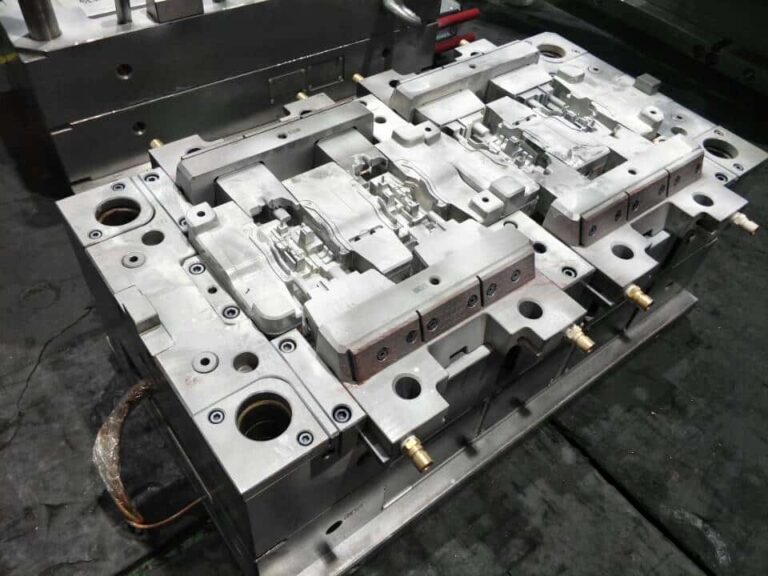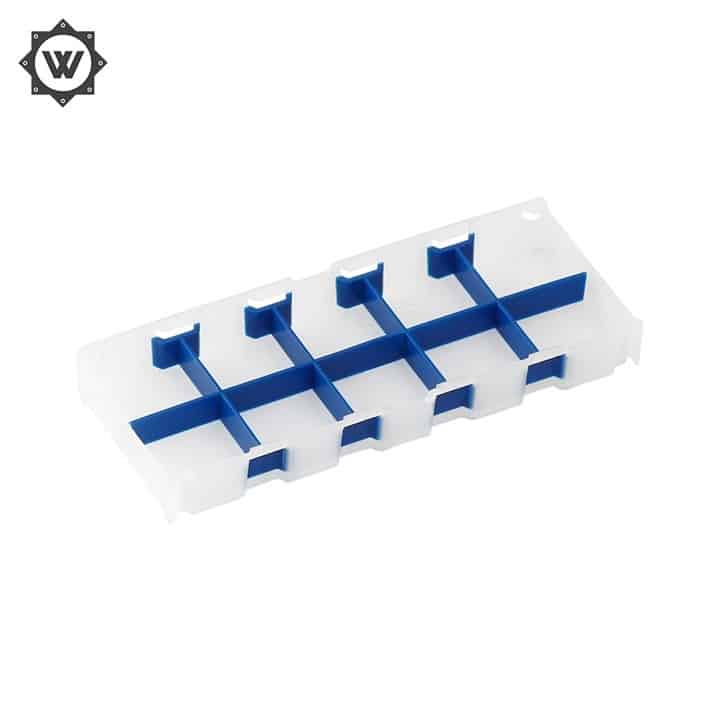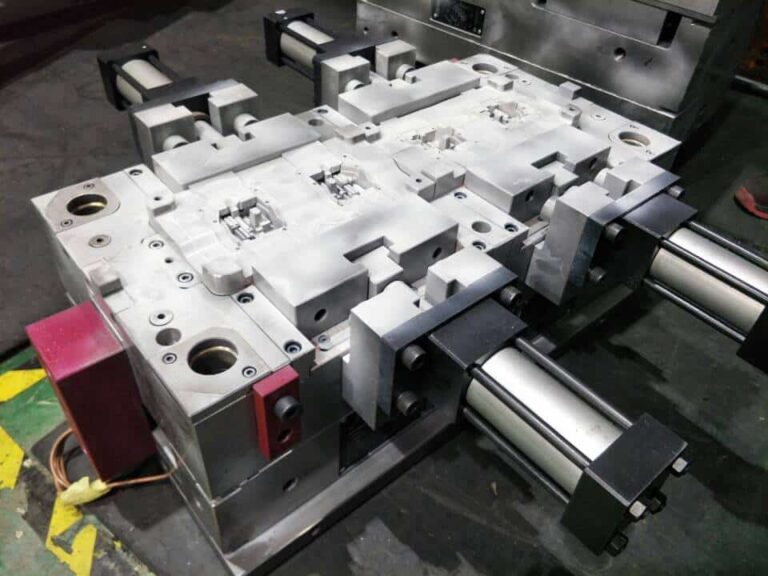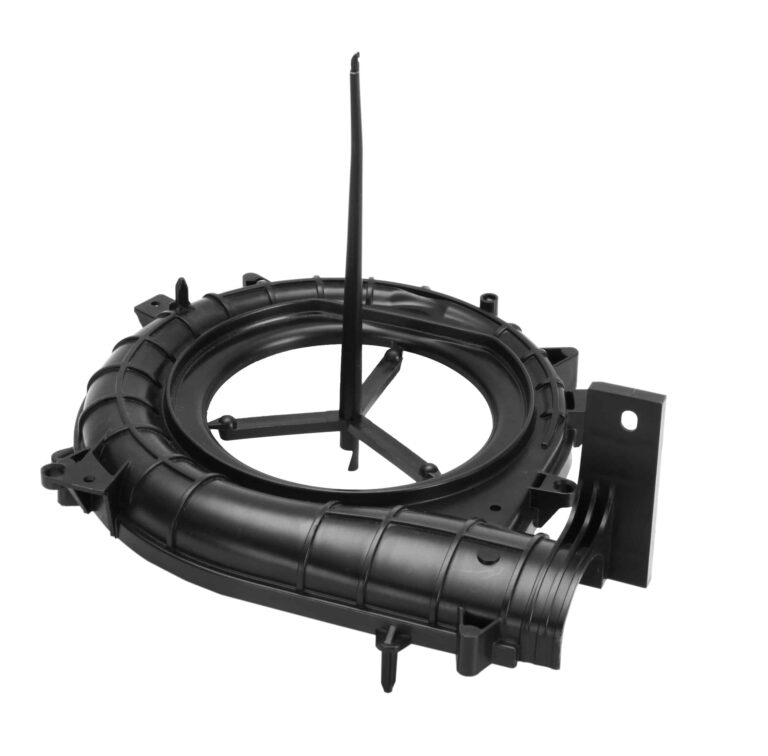How to solve the problem of lusterless surface of plastic parts?
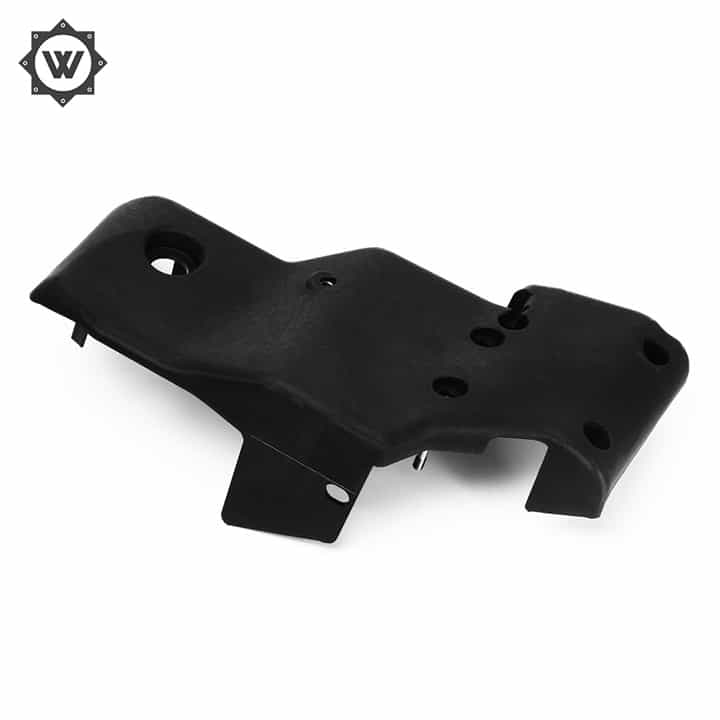
What is Lusterless?
Low Gloss refers to the lack of gloss on the surface and the low transparency of transparent products. There are many reasons for Lusterless, and some other injection molding defects are also causes of Lusterless. Analysis of surface gloss (Lusterless) defects and elimination methods
I. Mold failure
As the surface of the plastic part is the reproduction of the mold cavity surface, if the mold surface has scars, corrosion, microporosity and other surface defects, it will be reflected to the surface of the plastic part to produce poor gloss. If the cavity surface has oil, moisture, too much mold release agent or improper selection, it will also make the surface of the plastic parts dark.
Therefore, the cavity surface of the mold should have a good finish, it is best to take polishing treatment or surface chrome plating. The surface of the cavity must be kept clean, and oil and water stains should be removed in time. The variety and amount of mold release agent should be appropriate.
Mold temperature also has a great influence on the surface quality of plastic parts, usually, different kinds of plastics in different mold temperature conditions surface gloss varies greatly, mold temperature is too high or too low will lead to bad gloss. If the mold temperature is too low, the molten material will be cured immediately after contact with the mold cavity, which will make the reproducibility of the mold cavity surface decrease.
In order to increase the luster, the mold temperature can be properly increased, preferably by using the method of passing warm water in the cooling circuit of the mold, so that the heat in the cavity signal speed transfer, so as not to extend the molding cycle, this method can also reduce the residual stress in molding. In general, except for polystyrene, ABS and AS, the mold temperature can be controlled above 100 degrees. However, it must be noted that if the mold temperature is too high, it will also lead to the surface of the molded part becoming dark.
In addition, the mold slope is too small, the thickness of the section is abruptly changed, the rib is too thick and the gate and sprue cross-section is too small or suddenly changed, the shearing effect of the pouring system is too large, the melt is turbulent flow, the mold exhaust is bad and other mold failure will affect the surface quality of the plastic parts, resulting in poor surface gloss.
Second, improper control of molding conditions
If the injection speed is too fast or too slow, the injection pressure is too low, the holding time is too short, the booster pressure is not enough, the buffer pad is too big, the nozzle hole is too small or the temperature is too low, the filler dispersion of fiber reinforced plastic is too poor, the filler is exposed or the foil-like filler is not directionally distributed, the barrel temperature is too low, the melt is not plasticized well and the feed is not enough, it will lead to the bad surface gloss of the plastic parts. In this regard, adjustments should be made to the specific situation.
If there is a dark area near the gate or at the variable section, it can be eliminated by reducing the injection rate, changing the gate position, expanding the gate area and increasing the arc transition at the variable section.
If there is a thin layer of milky white on the surface of the plastic part, the injection rate can be reduced appropriately. If the filler dispersion performance is too poor to lead to poor surface gloss, should be replaced with a better flow of resin or a stronger mixing capacity of the screw.
Third, molding materials do not meet the requirements of use
Raw materials do not meet the requirements of the use of plastic parts can also lead to poor surface gloss. The causes and treatment methods are as follows: molding raw materials in the moisture or other volatile content is too high, molding volatile components in the mold cavity wall and melt between the condensation, resulting in plastic parts with poor surface gloss. Pre-drying treatment should be carried out for raw materials. Material or colorant decomposition discoloration leads to bad luster. The raw material and colorant with higher temperature resistance should be used.
The liquidity of raw materials is too poor, so that the surface of the plastic parts is not dense, resulting in bad luster. Should be replaced with a better flow of resin or increase the amount of lubricant and improve the processing temperature. The raw materials are mixed with foreign materials or insoluble raw materials. Should be replaced with new materials. Uneven particle size of raw materials. The raw material with too much difference in particle size should be sieved out.
Uneven cooling of crystalline resin leads to poor gloss. Should reasonably control the mold temperature and processing temperature, for thick-walled plastic parts, if the cooling is not enough, will also make the surface of the plastic parts hairy, glossy dark, the solution is to take out the plastic parts from the mold, immediately into the cold pressing mold immersed in cold water cooling and shaping. The proportion of recycled material in the raw material is too high, which affects the uniform plasticization of the molten material. The amount should be reduced.

